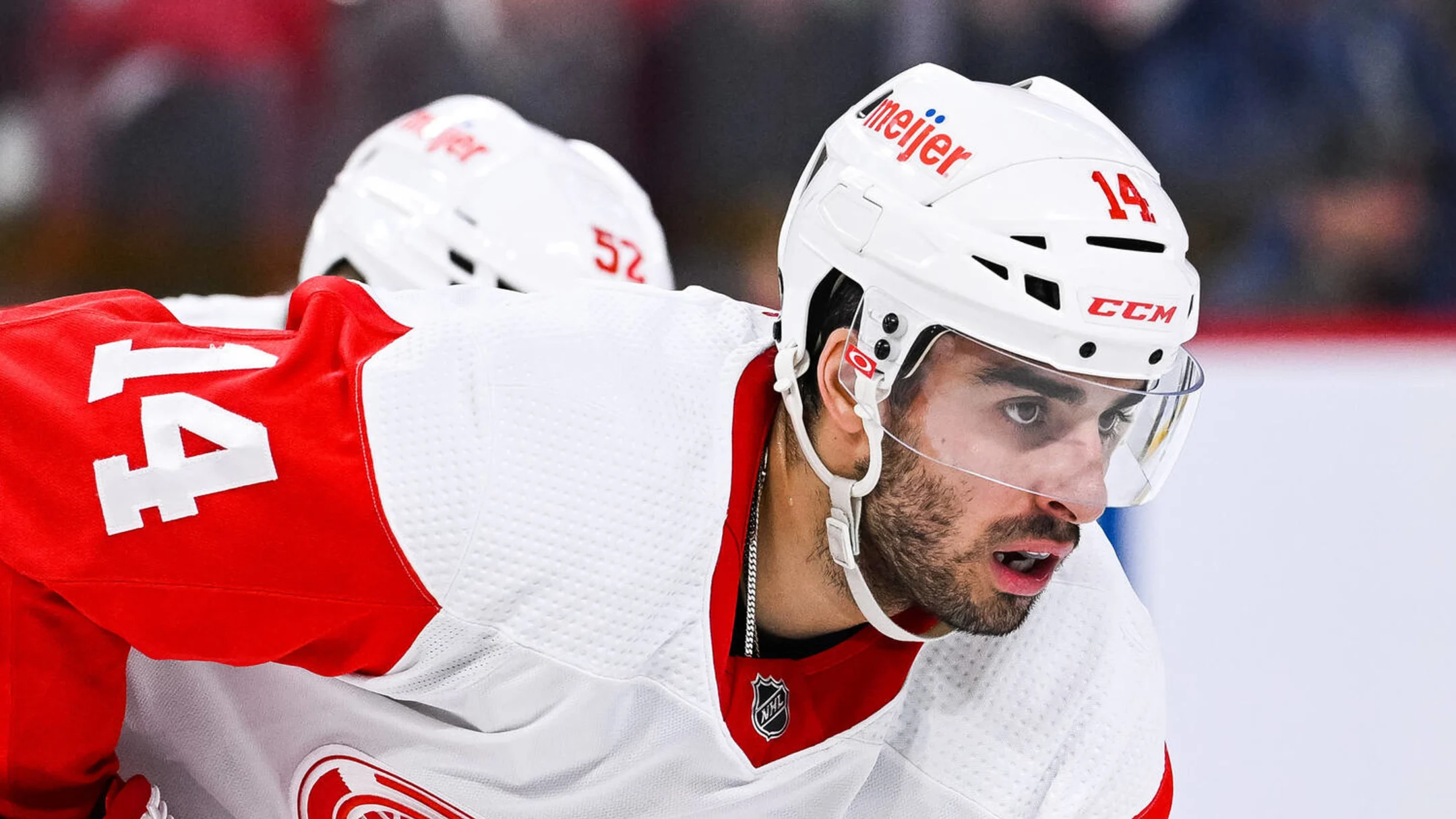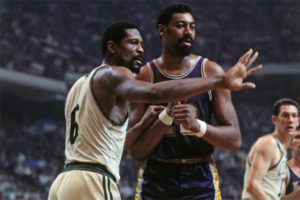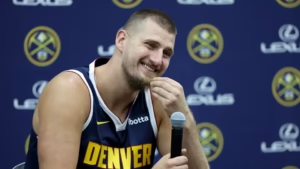Anaheim Ducks Player Faces Fifth Knee Injury of Career: A Long Road to Recovery and Uncertainty Ahead.

In the fast-paced world of professional hockey, players are no strangers to injury. The physical demands of the game, the brutal collisions, and the intense competition take a toll on even the most resilient athletes. However, for one Anaheim Ducks player, the frequent toll on his knees has become an agonizing reality. This player, a veteran of the NHL, has now suffered his fifth knee injury of his career—an unsettling pattern that raises questions about his future in the league.
The injury occurred during the third period of a recent game against the Calgary Flames. As the player was skating toward the blue line to block a shot, he was hit from behind in a seemingly routine play. It didn’t appear to be a violent collision, but in that instant, the player collapsed to the ice in excruciating pain. Immediately, medical staff rushed to the scene, and it became clear that the knee had been compromised once again.
For the player—whose identity is being kept under wraps for the time being—this injury marks the fifth significant knee injury of his career, a trend that has raised alarm bells within the Ducks’ organization. With the 2024 season in full swing and playoff hopes still alive for Anaheim, this latest setback could not have come at a worse time. But for the player, it’s another chapter in a career defined as much by resilience as it has by injury.
A History of Knee Injuries: The Impact of a Fragile Body.
For many players, a single knee injury is enough to shake the foundation of their career. For this Ducks player, it has been an ongoing saga of torn ligaments, strained tendons, and damaged cartilage. His first major knee injury occurred early in his career, during his second season in the NHL. What seemed like a routine twist of fate—an awkward fall during a game—turned into a multi-month recovery process, with surgery required to repair torn ligaments in his knee.
The recovery was long and difficult, but the player fought his way back, returning to the ice with a renewed sense of purpose. But the knee trouble didn’t end there. Over the next few years, the player would suffer several more knee injuries, each one taking its toll on his mobility and confidence. It wasn’t just the physical damage; there was a mental battle as well. The player faced constant rehabilitation, often spending as much time in the training room as he did on the ice. His commitment to recovery was unwavering, but it also meant that his career would always be under the shadow of these injuries.
By the time the player reached his fifth knee injury, it had become a defining characteristic of his career. While he remained a key contributor to the Ducks’ roster—known for his leadership, experience, and defensive prowess—the issue of recurring knee injuries loomed large. His ability to perform at the highest level was never in doubt, but his longevity in the league was now a significant concern.
The Latest Setback: A Devastating Blow.
The timing of this injury could not have been worse. With the Ducks in the midst of a rebuilding phase, the team had been counting on veteran leadership to guide their young players through the challenges of the season. The injured player was expected to play a key role on the ice, both in terms of performance and mentorship. In fact, the Ducks had been relying on his vast experience as they looked to make a push for the playoffs in the coming months.
This latest injury—sustained during a routine defensive play against the Flames—has the potential to derail those plans. The player immediately left the ice, unable to put any weight on his leg. The Ducks’ medical staff quickly assessed the injury, and it was confirmed that he had sustained a significant setback to the same knee that had plagued him for much of his career.
While the Ducks have yet to release full details on the nature of the injury, early reports suggest that the player could be facing a lengthy recovery. If this injury is as severe as feared, it could force him to miss several months of action, further complicating his path to returning to the ice at full strength.

As with his previous injuries, the player will likely undergo surgery followed by an intense rehabilitation process. It’s a familiar routine for him, but this time, there’s a question of whether he will ever fully recover. After all, five major knee injuries over the course of a career can take a permanent toll, and the player will be faced with difficult decisions about his future.
The Mental Battle: Coping with Repeated Injuries.
While the physical toll of repeated knee injuries is well-known, the mental strain that accompanies such setbacks is just as significant. For a player like this Ducks veteran, each injury forces him to confront not only the physical limitations of his body but also the emotional weight of facing the same issue over and over again.
In interviews following previous injuries, the player has admitted that the mental aspect of recovery is often harder than the physical rehabilitation. It’s one thing to recover from surgery and follow a strict regimen of physical therapy, but it’s another to face the reality that each injury has the potential to be career-altering. The pressure to perform, the fear of reinjury, and the knowledge that his body may not hold up over time can weigh heavily on any athlete’s mind.
“It’s always hard to come back after an injury like this,” the player said during an earlier recovery period. “You just don’t know what your body’s going to feel like once you get back on the ice. It’s a mental challenge as much as a physical one, and sometimes the toughest part is trusting your body again.”
The Ducks have been supportive throughout the player’s recovery processes, offering him a platform for mental health and counseling to help him manage the stress and anxiety that come with repeated injuries. Nevertheless, there’s only so much that even the most supportive environment can do in the face of a body that continues to break down.
The Ducks’ Response: A Team in Flux.
The impact of the injury on the Ducks organization cannot be understated. After years of rebuilding and transitioning to a younger roster, the Ducks had hoped to stay competitive in the Western Conference, relying on veteran players like this injured athlete to guide the team forward. His leadership on and off the ice had been invaluable to a team that was still finding its way.
With this setback, the Ducks will have to adjust their strategy. Losing this player could be a huge blow to their defensive unit, as well as to the team’s overall morale. However, the injury also opens up an opportunity for younger players to step up. Players like Trevor Zegras and Mason McTavish have already made an impact, but with this player sidelined, the team will rely even more on the next generation to carry the load.
The Ducks front office will be forced to make some tough decisions as well. The player has been a mainstay in Anaheim for years, but with his injury history now a significant concern, the team may have to evaluate his future with the organization. His current contract is set to expire at the end of the season, and it’s unclear whether the Ducks will offer him a new deal. If the player is unable to return to full health, or if his knee troubles persist, the Ducks may decide to move in a different direction.
The team’s management is already reportedly considering options for depth on the blue line, knowing that they can’t rely on this player to remain healthy for the remainder of the season. Whether they decide to bring in reinforcements via trade or call up younger players from the AHL, the Ducks will need to find a way to fill the void left by this veteran’s absence.
What’s Next for the Player?.
As the player embarks on yet another rehabilitation journey, questions remain about his future in the NHL. Will he be able to return to the ice at the level he was once accustomed to? Will this injury be the one that ultimately forces him to consider retirement? These are questions that only time will answer, but they are questions that will hang over the Ducks’ locker room for the foreseeable future.
For the player, the immediate focus will be on his recovery. He’s endured long stretches of rehabilitation before, and he’s proven time and time again that he’s capable of overcoming setbacks. But at 32 years old and with a career now defined by injury, the player must confront the reality that his body may no longer be able to withstand the rigors of professional hockey.
Retirement may not be a decision he makes immediately, but it’s one that could become inevitable if his knee injuries continue to mount. For now, the player is committed to his recovery and staying as optimistic as possible. However, deep down, he knows that every rehabilitation session brings him closer to a critical juncture in his career—one that could decide how much longer he’ll be able to play the game he loves.

A Legacy of Determination.
Regardless of what happens next, the legacy of this player—defined by his perseverance, leadership, and tenacity—will endure. If this injury turns out to be the final chapter in his playing career, he will leave a lasting impact on the Ducks organization and the NHL as a whole. His ability to fight through adversity has inspired countless teammates and fans, and his career will be remembered for much more than just his injury history.
For now, Ducks fans, teammates, and the entire hockey community are hoping for the best—that this player can overcome yet another knee injury and continue to play at a high level for as long as possible. However, the reality is that his body may be nearing its limits, and the next few months could determine how much longer he can wear an NHL uniform.
As he begins the road to recovery once again, the Ducks and their supporters will stand






